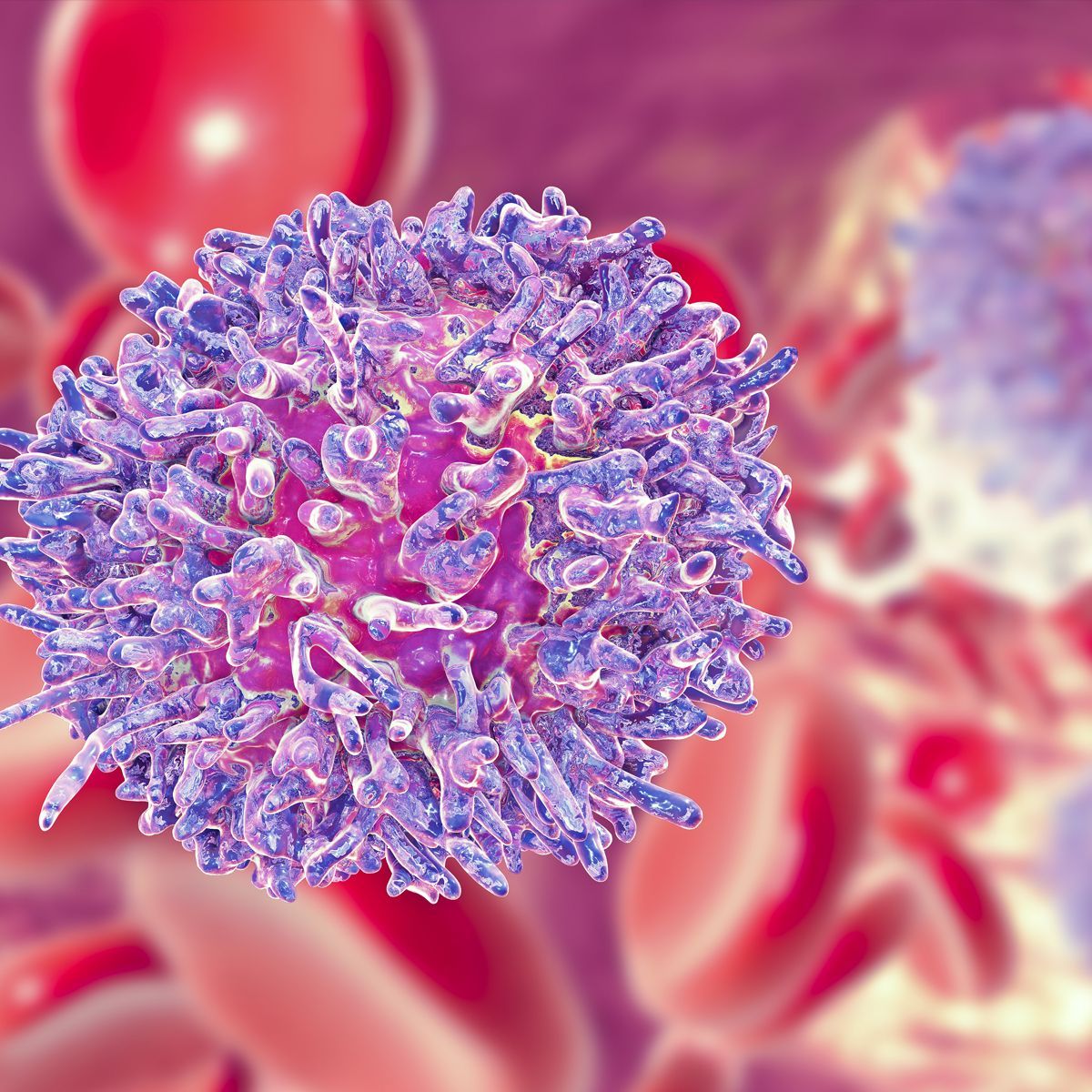Article
Ixazomib Triplets Show Efficacy in Transplant-Ineligible Newly Diagnosed Multiple Myeloma
Author(s):
Ixazomib-based triplet regimens as induction therapy elicited higher rates of efficacy compared with ixazomib/dexamethasone alone, followed by single-agent ixazomib maintenance, in patients with transplant-ineligible newly diagnosed multiple myeloma.

Ixazomib-based triplet regimens as induction therapy elicited higher rates of efficacy compared with ixazomib/dexamethasone alone, followed by single-agent ixazomib maintenance, in patients with transplant-ineligible newly diagnosed multiple myeloma, according to updated results of the phase 2 EMN10-UNITO trial that were presented during the 2nd European Myeloma Network Meeting.
“Based on safety and efficacy data, ixazomib, cyclophosphamide, and dexamethasone was the most promising triplet, ixazomib maintenance confirmed the promising data reported in the TOURMALINE-MM4 study,” said lead study author Roberto Minna, MD, of the Myeloma Unit in the Division of Hematology, University of Torino, Italy, in a virtual presentation of the data during the meeting.
Findings showed that the median progression-free survival (PFS) was 17.9 months with the combination of ixazomib, cyclophosphamide, and dexamethasone (ICd). In those who received the regimen of ixazomib, thalidomide (Thalomid), and dexamethasone (ITd), the median PFS was 12.3 months.
For patients who received ixazomib, bendamustine, and dexamethasone (IBd), the median PFS was 13.9 months; with ixazomib/dexamethasone alone, the median PFS was 10.3 months.
The 2-year PFS rates were 39%, 27%, 40%, and 31%, respectively. The 2-year overall survival (OS) rates were 75%, 78%, 89%, and 85%, respectively.
From the start of ixazomib maintenance, the overall median PFS was 15.1 months; the differences in median PFS were not significant in the intermediate-fit (HR, 0.92) and frail patients (HR, 1.14) vs fit patients. The 2-year PFS rate was 34%, which did not meet the study’s primary end point (≥65%).
Ixazomib is currently approved by the FDA for use in combination with lenalidomide (Revlimid) and dexamethasone as a treatment for patients with multiple myeloma who have received at least 1 prior therapy.
In the EMN10-UNITO study (n = 171), investigators evaluated ixazomib in various combinations: Id (n = 41), ICd (n = 59), ITd (n = 60), and IBd (n = 11) in transplant-ineligible newly diagnosed myeloma. All combinations were given as induction therapy followed by single-agent ixazomib maintenance therapy.
Patients enrolled on the study were at least 65 years old and were ineligible for transplant. Additional criteria for eligibility included an ECOG performance status of 0 to 2, creatinine clearance of at least 30 ml/min, and adequate bone marrow and hepatic function.
The median age was 74 years. Overall, patients had an International Staging System (ISS) of I (24.75%), II (50%), or III (25.5%). The revised-ISS (R-ISS) scores were also broken down by I (31.5%), II (72%), and III (12%). Chromosomal abnormalities were found in 24.25% of patients overall. More patients were fit (51.75%) compared with intermediate-fit (26%), and frail (21.75%).
Ixazomib was administered at 4 mg on days 1, 8, and 15; dexamethasone at 40 mg on days 1, 8, 15, and 22; cyclophosphamide at 300 mg/m2 orally on days 1, 8, 15; thalidomide at 100 mg daily; and bendamustine at 75 mg/m2 intravenously on days 1 and 8. All induction therapies were given in 9 cycles. Ixazomib was then given as maintenance at a 4-mg dose on days 1, 8, and 15 for up to 2 years.
The primary end point was 2-year PFS rate; secondary end points were PFS2, overall survival, and safety. The trial had dual stopping rules with an efficacy end point of below a very good partial response (VGPR) and a predefined toxicity related to ixazomib in 5-patient cohorts in each arm during the first 4 cycles.
The IBd and Id arms were prematurely closed due to low enrollment and high risk of inefficacy, respectively.
At a median follow-up of 27 months, results showed that a partial response (PR) or better was achieved in 57%, 75%, 84% and 64% in the Id, ICd, ITd, and IBd arms, respectively. A VGPR or better was achieved in 24% in the Id arm, 46% in the ICd arm, 48% with ITd, and 27% with IBd. Complete responses (CR) or better were achieved in 10%, 10%, 5%, and 9% with Id, ICd, ITd, and IBd, respectively.
MRD negativity were achieved in 10%, 4%, 10%, 9% of the Id, ICd, ITd, and IBd, respectively.
Additional data showed that the response rates following induction treatment were similar in fit, intermediate-fit, and frail patients at 71%, 74%, and 76%, respectively. There were also no significant differences noted in these groups regarding median PFS, at 14.1 months, 14.8 months, and 12.2 months, respectively.
Sixty percent (n = 102) of patients completed the induction phase of treatment and then proceeded to maintenance therapy with ixazomib. A total 18% of patients upgraded their response during maintenance.
Regarding safety, grade 3/4 nonhematological AEs were highest in the ITd arm (45%) compared with the ICd (17%), IBd (36%), and Id (17%) arms. The risk of treatment discontinuation due to AEs were 17% with ITd, 12% with ICd, 9% with IBd, and 10% with Id. Nonhematological AEs in the induction phase occurred more often in frail patients (37%) compared with the intermediate-fit (26%) and fit (24%) patients. Frail patients also had a higher risk of treatment discontinuations (21%) vs intermediate-fit (9%) and fit patients (11%).
Reference
- Mina R, Larocca A, Corradini P, et al. Ixazomib-based induction followed by single-agent ixazomib maintenance in transplant ineligible, newly diagnosed multiple myeloma patients: updated results of the EMN10-UNITO trial. Presented at: 2nd European Myeloma Network Meeting; March 3-6, 2021; virtual. Abstract P28.









